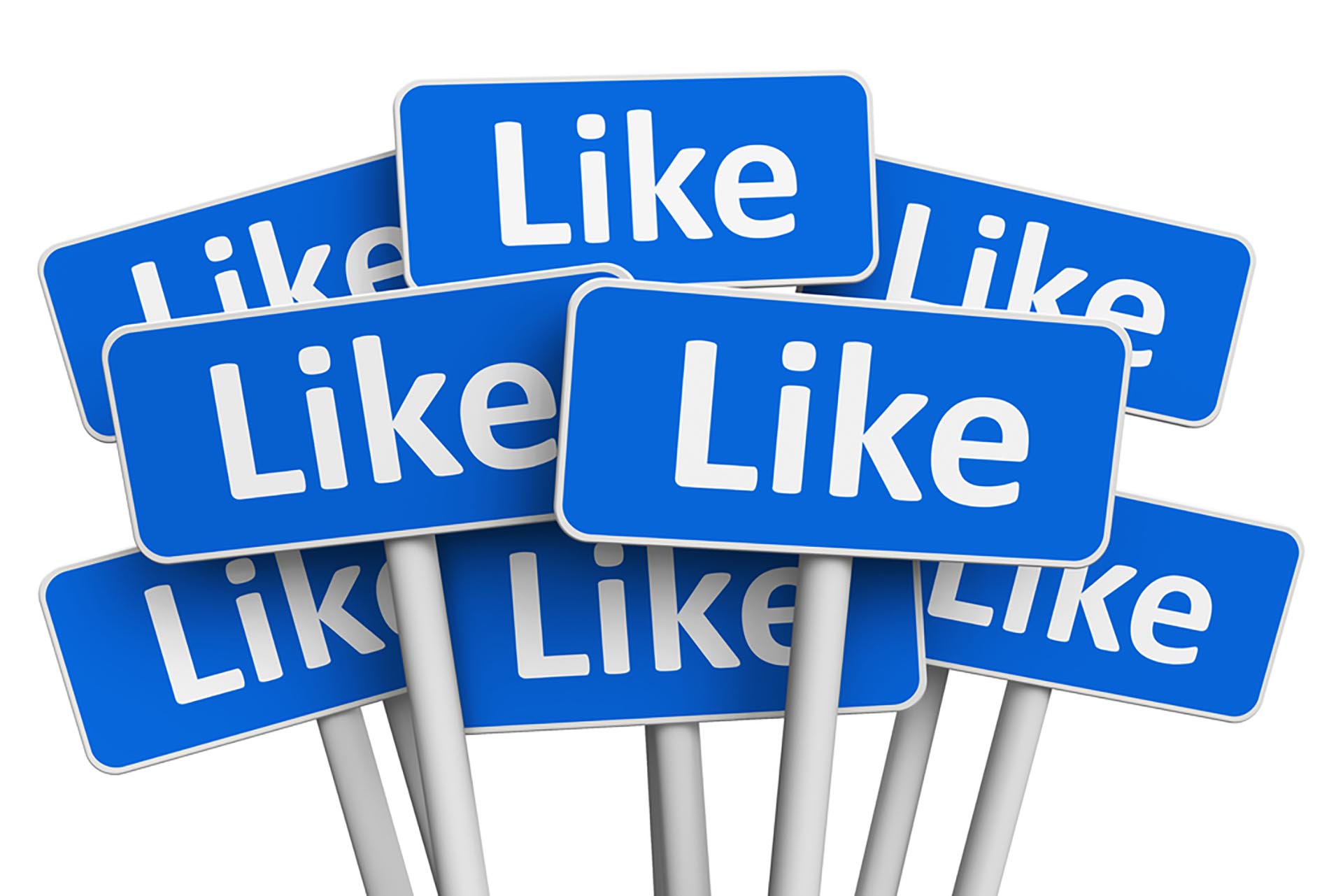
Before the Internet existed, news was read via newspapers; after newspapers, television became a supplemental news source. And with the introduction and explosion of everything-online, the Internet has become the newest primary method of news distribution. The catalogue of how news has evolved over the past 100-plus years speaks volumes in terms of how quickly major communication methods are changing.
Presently, digital marketing firms hold the torch in terms of relevant communication methods. And these agencies are spending a bulk of their resources focusing on what will be the future of advertising and communication: mobile.
Videos Have Advertisers Rethinking Mobile Strategy
With mobile communication taking over more rapidly than anyone in the 21st century could have anticipated, digital marketing firms and agencies are quickly adapting to construct advertising campaigns and methods that are congruent with the mobile takeover. One of the biggest advertising platforms that currently exist is video content.
Facebook, YouTube and similar publishers have long pushed video content. The marriage of video content and mobile devices has made digital marketing firms and agencies re-think the way they advertise within videos. The steady growth and eventual explosion of video content popularity has spawned an increase in programmatic technology and an inclination towards storytelling, rather than direct selling approaches.
Mobile GPS Systems Allow for Geotargeting
Advertising has long since jumped into the rabbit hole of personalized ads — and one of the more brilliant changes produced from this has been geotargeting (also referred to as geo-fencing). By using built-in GPS systems to their advantage, ad networks can pick out exactly where you are — which means they can then serve you a geo-specific advert based off of this information.
This is a win-win for consumers and ad agencies alike; mobile users are much more likely to click on an advertisement that offers services in their immediate vicinity. In return, ad agencies can collect more information about their customer base, thus creating campaigns that are geo-specific to not only your demographic, but to your personal preferences and retail history.











